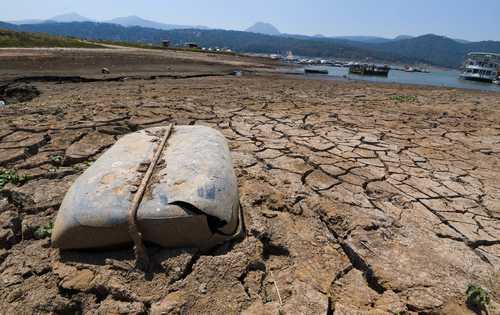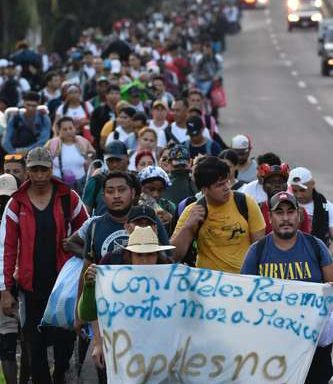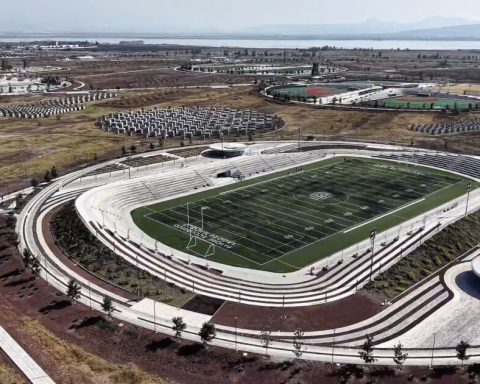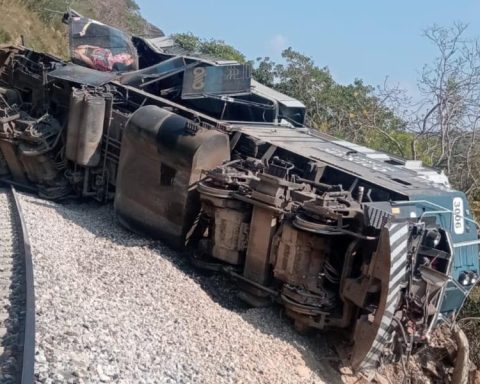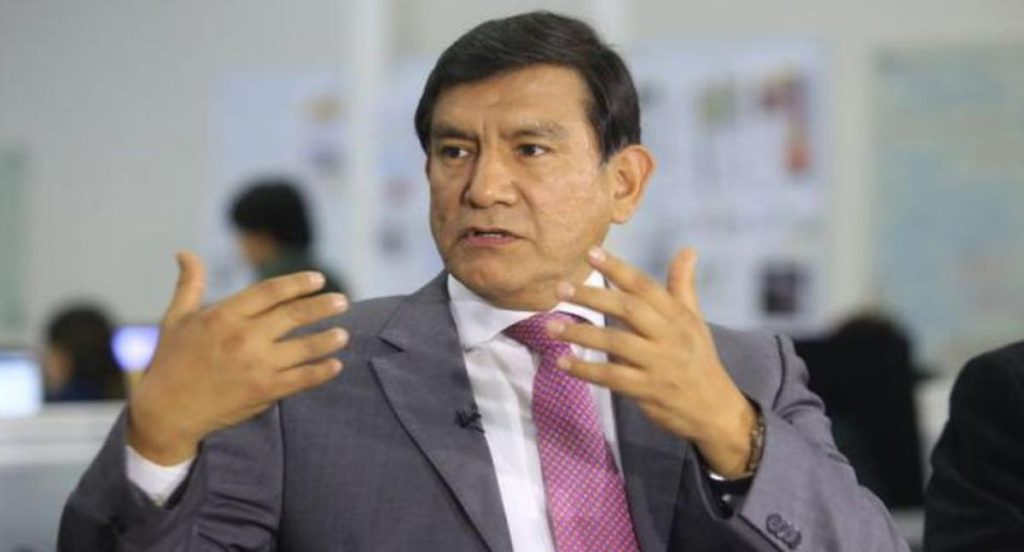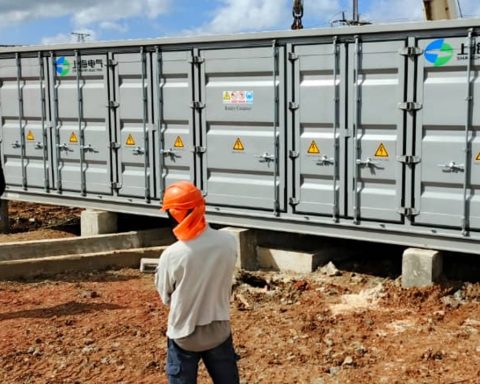▲ In recent years, extreme drought conditions have resulted in the reduction to critical levels in all dams in the country.Fourth photo
Arturo Sánchez Jiménez
La Jornada newspaper
Sunday, April 13, 2025, p. 5
For years, various studies have warned about the deterioration of water bodies at the Mexico-United States border, aggravated by climate change and drought. These factors have complicated compliance with the 1944 Water Treaty, according to organizations such as the Wilson Center and the North American Development Bank (NadBank), which in recent reports insist on binational solutions to the crisis.
Both agencies indicate that compliance with the bilateral water treaty signed by both countries in 1944 faces in recent years a critical situation due to persistent droughts, the increase in demand and conflicts of interest that exert pressure on cross -border rivers, the Colorado and El Bravo.
Meanwhile, a 2017 American Congress report already warned that many border aquifers have experienced important decreases in volume or quality.
This week, President Donald Trump threatened to impose sanctions on Mexico, so he described as a repeated breach
of the treaty. In response, President Claudia Sheinbaum said that despite the drought that has affected the Rio Bravo region during the last four years, Mexico is in a position to make an immediate delivery of millions of cubic meters to Texan farmers. In addition, he expressed his confidence that the rainy season allows a second installment in the second half of the year.
The 1944 Water Treaty establishes that the United States must deliver 1.8 million cubic meters annually of the Colorado River, while Mexico undertakes to deliver 2.1 million cubic meters of water from the Bravo in five -year cycles.
In recent years, extreme drought conditions, population growth and agricultural and industrial development have exacerbated water scarcity. The Colorado River has reached critical levels, with the Powell and Mead reservoirs reduced to just a third of its capacity.
Meanwhile, almost all the water transported by the Colorado River is consumed before reaching Mexico, where remnants barely reach the agricultural fields of Baja California.
Something similar occurs with the Bravo, where since 1992 Mexican deliveries have been irregular, which has generated increasing tensions, especially in Texas, where the agricultural sector has suffered significant losses, according to the Wilson Center.
This agency ensures that conflicts on water can only be resolved by closer and more sustained cooperation between the two countries. The unequal institutional structure – more centralized in Mexico and more local in the US – points out.
For its part, the NadBank emphasizes that the current conditions require a deep review of the water distribution and governance schemes to adapt to a much more scarce and uncertain water environment than the one that existed in 1944 and that the growing pressure on the shared rivers and aquifers demands a new stage of binational collaboration based on science, equity and long -term vision.
